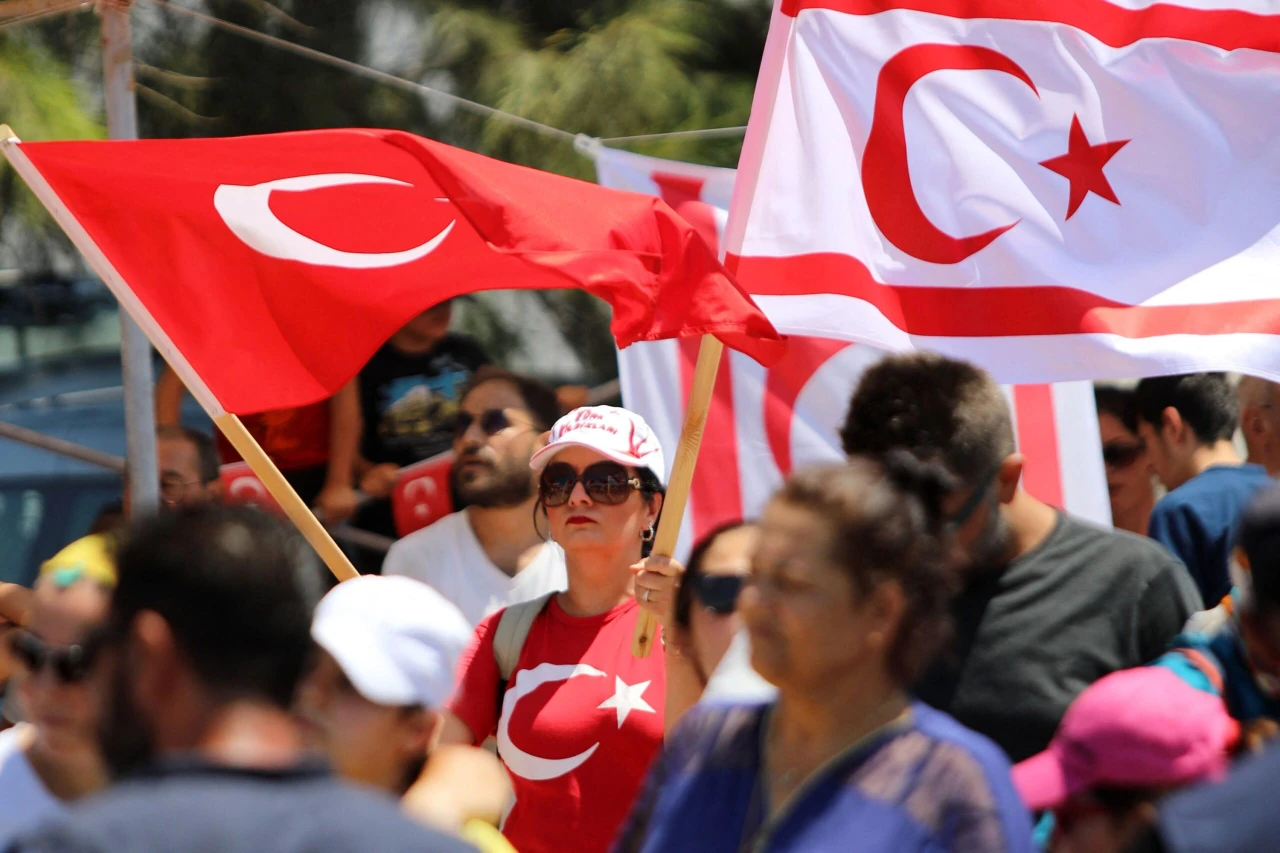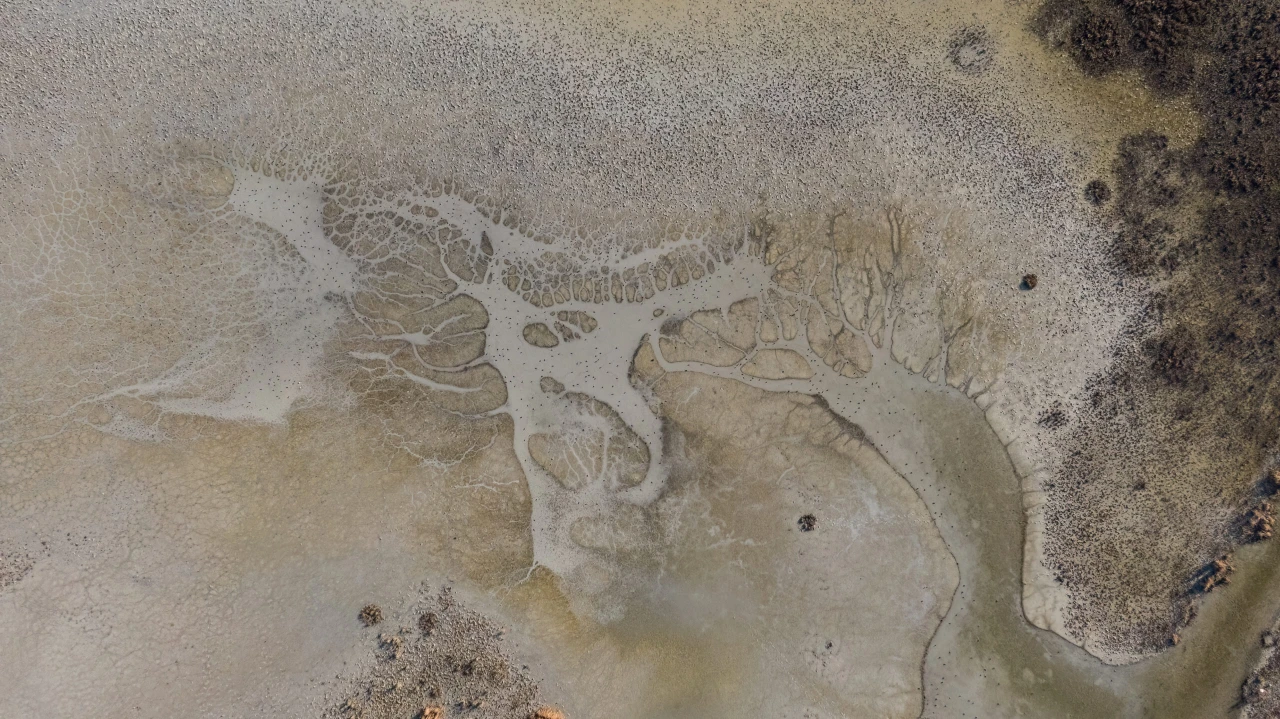How Hungary’s historical ties with Turkic world shape its future in Organization of Turkic States
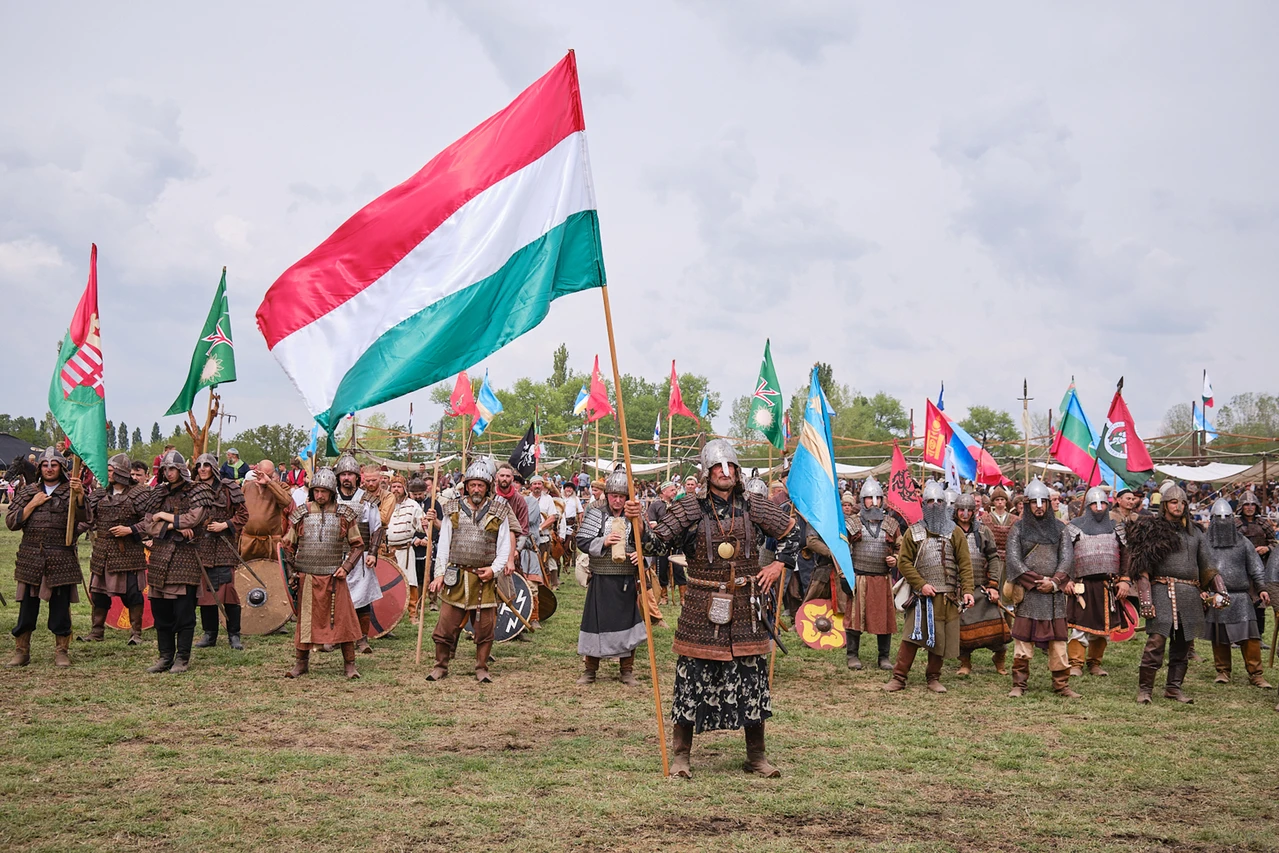 The Great Kurultaj or briefly Kurultaj is a traditional event of peoples of Central Asian nomadic origins, which takes place in the first week of August in Bugac, Hungary, Dec. 21, 2022. (Photo via Codastory)
The Great Kurultaj or briefly Kurultaj is a traditional event of peoples of Central Asian nomadic origins, which takes place in the first week of August in Bugac, Hungary, Dec. 21, 2022. (Photo via Codastory)
In an exclusive interview with Türkiye Today, author Umut Erdogan sheds light on the origins of the Turkic unity idea and its deep roots in Hungary. According to Erdogan, “It is quite natural for Hungarians to have observer status in the Organization of Turkic States.
The term ‘Turan’ was first used by Hungarian linguists in the 1830s. “These linguists defined Turan as the land of the Tatars, Uzbeks, Mongols and the peoples of Turkistan.”
He goes on to explain that Hungary’s connection to Turanism has been a significant part of its cultural and political landscape.
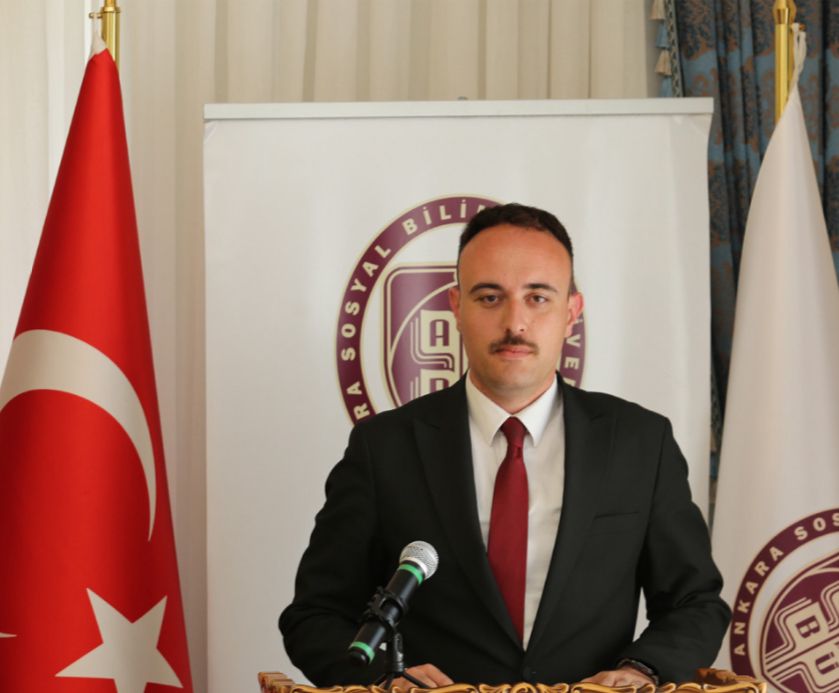
Turanism: Hungary’s cultural and historical identity
Turanism, while initially conceived as an expression of Hungarian identity, has grown into a broader vision of unity among Turkic peoples. It has become a key framework for Hungary’s involvement with the Turkic world, transcending cultural and ethnic ties to form a political and economic goal.
The Hungarian cultural and historical perspective on Turan roots is particularly centered on the idea that the Hungarian language belongs to one of the branches of the Turkic language family.
In 1910, the Turan Society was founded in Budapest, and by 1913, it started publishing a journal called Turan. The president of the society, Pal Teleki, wrote in the journal’s introduction: “To the East, Hungarians! In national, scientific, and economic spheres, to the East!” This vision significantly shaped Hungarian Turanism.

Linguistic and ethnic foundations of Turanism
The concept of Turan, with both a geographical and linguistic-ethnic significance, was shaped by the work of three European linguists. Finnish scholar M. A. Castren argued that Finns, Hungarians, Turks, and Mongols were all members of a single people, introducing the classification of “Altaic languages.”
German linguist C.C.J. Bunsen was the first to define Turan as a people category in 1854, and British linguist F. Max Müller later popularized this theory. Hungary’s embrace of Turanism, despite its small size in contemporary Europe, was deeply influenced by historical pressures, particularly in the context of the 1848 nationalist uprisings, which were suppressed by Austria and Russia. In response to these challenges, Hungary developed its own form of nationalism, which came to be associated with Turanism.
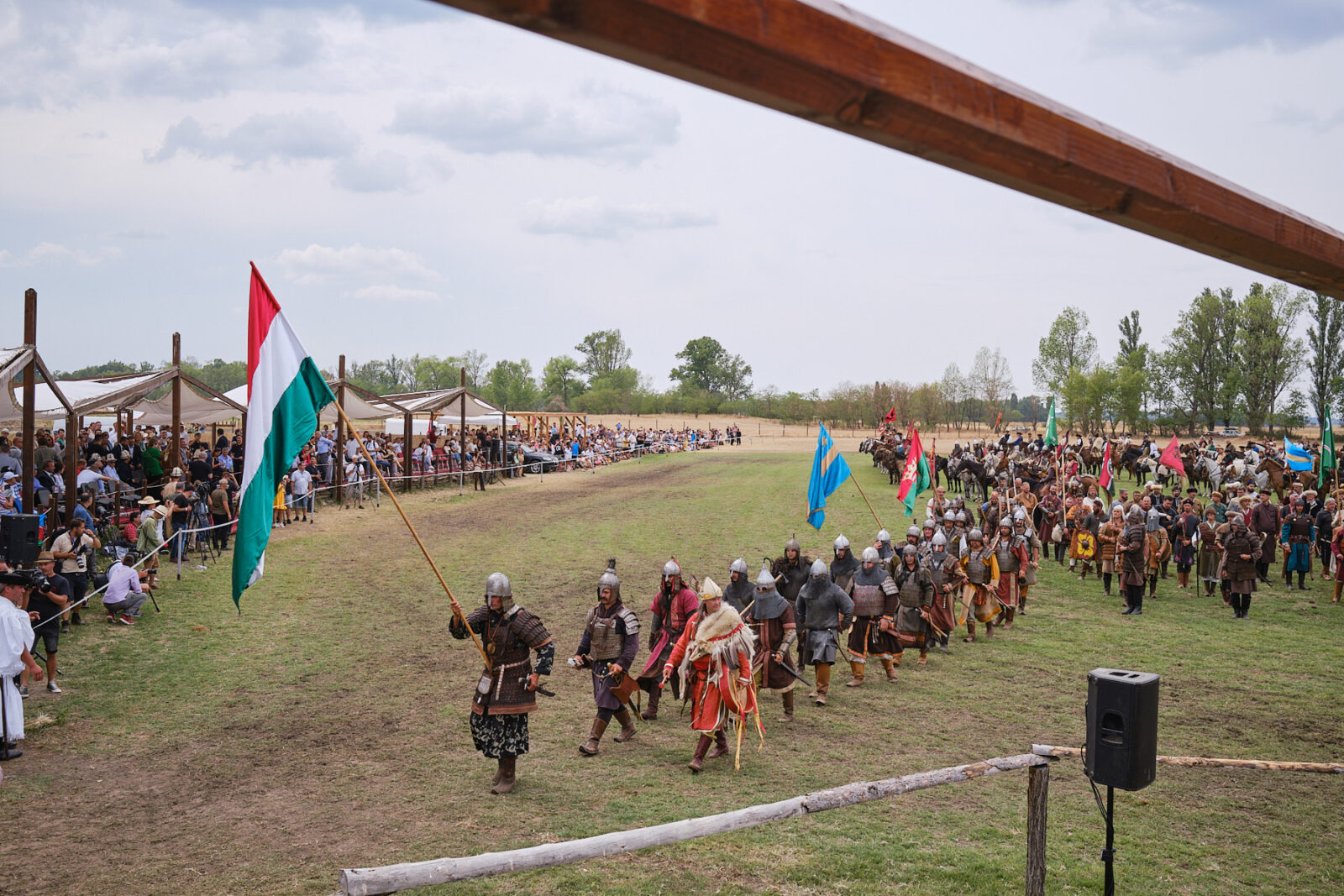
Hungary’s historical ties to Turkic tribes
The historical connections between Hungary and various Turkic tribes have played a crucial role in shaping the Hungarian national identity.
These interactions, both direct and indirect, have left a lasting mark on Hungarian culture, language, and traditions.
The settlement of the Pechenegs and Cumans in Hungary during the 10th century marked the beginning of direct interactions between Turkish tribes and the Hungarian people.
These tribes integrated into Hungarian society, contributing to its military strength and becoming part of the Hungarian national identity. The influence of these Turkish tribes remained evident even through the Ottoman period (1526–1686), affecting the Hungarian language, food culture, and clothing.
Debate: Turkish or Finno-Ugric origins?
As Hungarian scholars debated the origins of their people, the discussion often focused on whether the Hungarians had Turkic or Finno-Ugric roots.
Despite the scientific consensus favoring a Finno-Ugric origin, some continued to promote theories linking the Hungarians to the Turks, which further fueled the nationalistic and cultural narratives in Hungary.
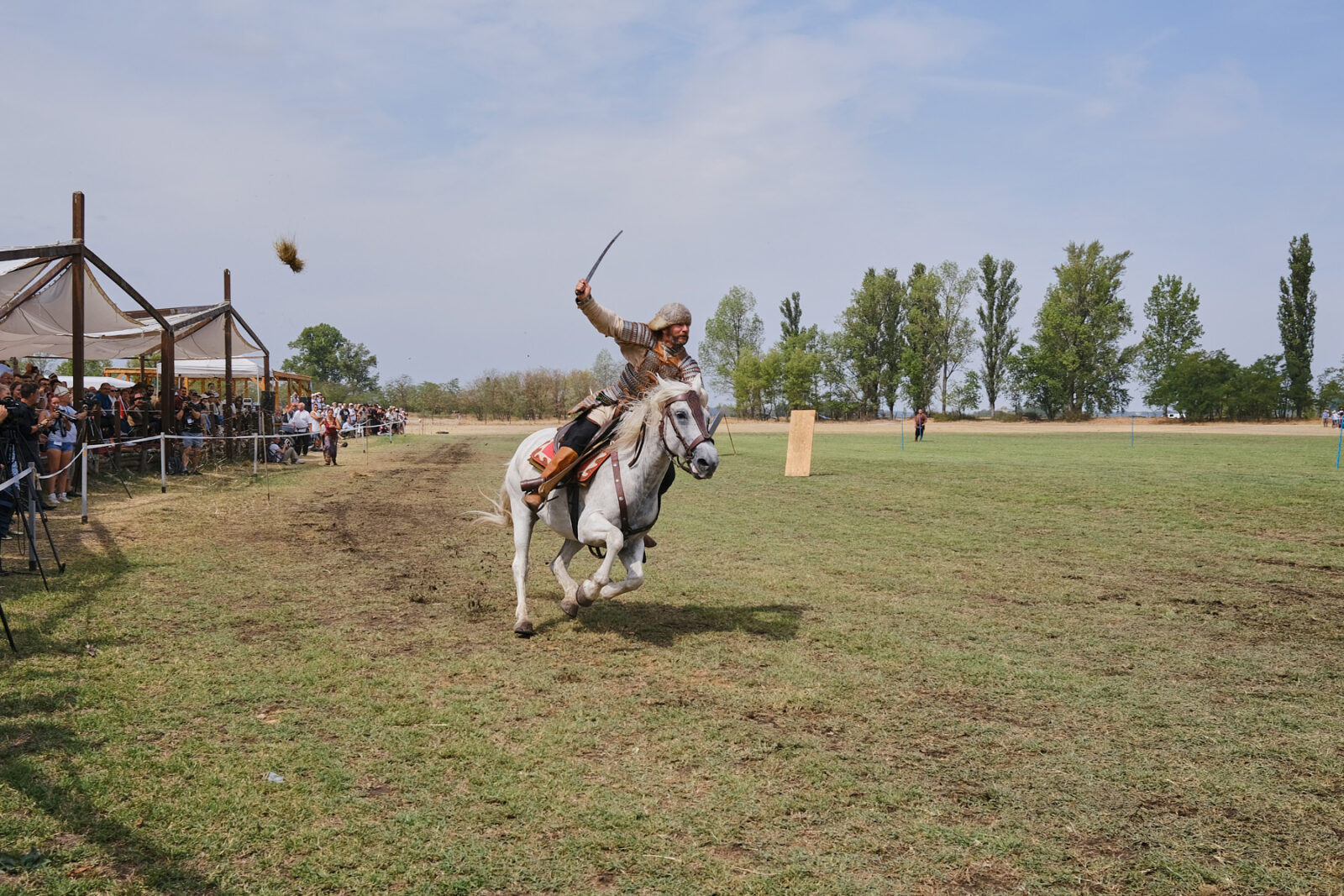
Role of literature in shaping Hungarian identity
Hungarian national identity was also shaped through literature, particularly in works like Miklos Zrinyi’s “Zigetvar Tehlikesi” (Danger of Zigetvar) which reflects on Hungarian self-definition in the face of the Ottoman Empire.
This literary tradition played a significant role in how Hungarians viewed their place in European and Turkic history, further intertwining their identity with their historical interactions with Turkish tribes.
Today, Turanism remains an integral part of Hungary’s relationship with the Turkic world. The historical, cultural, and linguistic connections between Hungary and Turkic peoples, shaped by figures like Pál Teleki and the Turan Society, continue to influence Hungary’s approach to its national identity and its role in the Organization of Turkic States.
As Erdogan noted, Hungary’s position within this organization, with observer status, is not just a symbol of cultural and historical ties but also a modern political and economic partnership that reflects centuries of shared heritage and vision.
